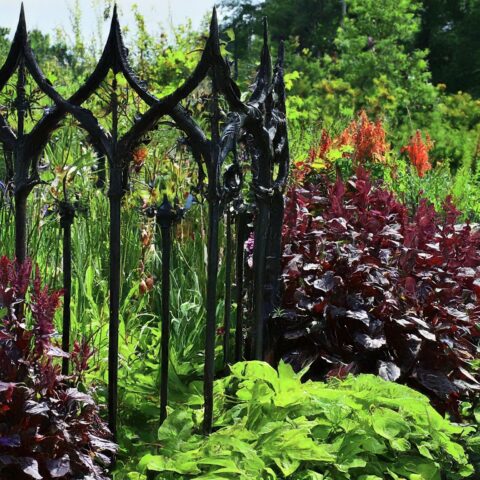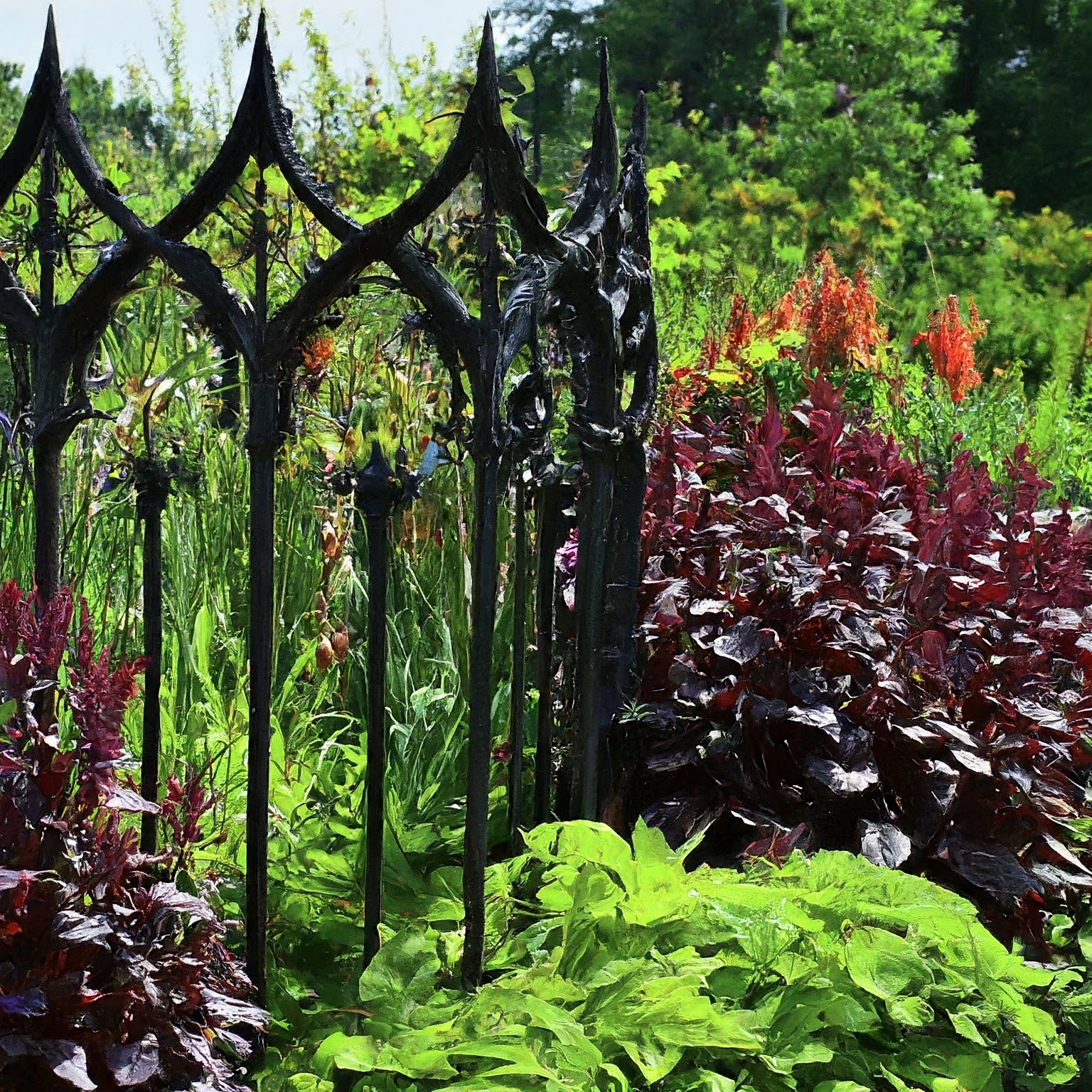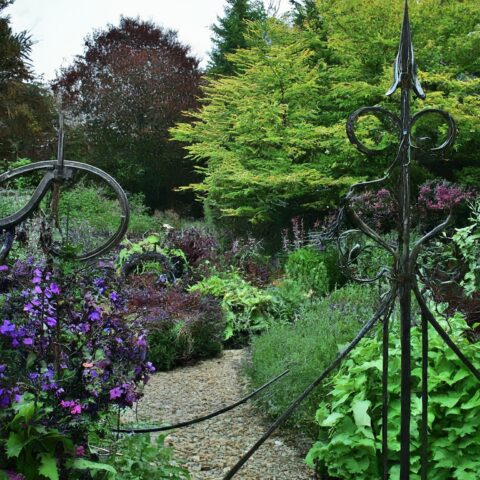 If you’re intrigued by the allure of Gothic design, both spooky and sophisticated, this post is for you. Let’s dive into what makes Gothic gardening so enchanting and how you can bring its dark elegance to your own outdoor space.
If you’re intrigued by the allure of Gothic design, both spooky and sophisticated, this post is for you. Let’s dive into what makes Gothic gardening so enchanting and how you can bring its dark elegance to your own outdoor space.
What Is Gothic Gardening?
Gothic gardening is more than just a visual style; it’s a mood, a feeling, and a statement. Inspired by the dramatic aesthetics of Gothic architecture and literature, this gardening style embraces rich, dark colors, ornate details, and a touch of mystery. It’s about creating a garden that feels both timeless and otherworldly, blending the natural with the mystical.
Key Elements of Gothic Gardening
- Color Palette: Gothic gardens typically feature deep, moody colors like purples, blacks, and dark reds. Think of velvety, dark blooms and foliage that evokes a sense of mystery. Plants like Black Tulips, Lenten Roses, and deep-hued Heuchera perfectly achieve this dramatic effect.
- Architectural Features: Incorporate Gothic-inspired structures such as wrought iron arches, trellises, and ornate planters. These elements add a touch of grandeur and help frame your garden in a way that echoes the elegance of Gothic cathedrals.
- Textural Contrast: Mix and match plants with varying textures to create a sense of depth and intrigue. Combine the smoothness of ornamental grasses, such as Blackhawks Andropogon, with the rugged texture of stone or weathered wood to enhance the Gothic vibe.
- Mysterious Accents: Add Gothic charm with statues, urns, and other decorative elements. Gargoyles, angelic figures, and darkly elegant garden lights can add a touch of the supernatural and enhance the overall mood.
Plants That Shine in a Gothic Garden
- Grande Black (Heuchera): Black-tie elegance with purple to black mounds of ruffled foliage. The chic blush-white flowers with a twist of lime rise on red stems.
- Hellebores (Helleborus): Also known as Lenten Roses, these plants offer gorgeous blooms in shades of burgundy, dark green, and even black, thriving in the shade to create a somber, serene atmosphere.
- Miner’s Merlot (Euphorbia): The ever-changing festive foliage ranges from wine-red new growth to multi-toned hues of olive green. Cooler temperatures bring super dark foliage for striking combinations.
- Creeping Jenny (Lysimachia nummularia): For a touch of chartreuse that contrasts beautifully with darker colors, Creeping Jenny adds a splash of brightness while still keeping with the Gothic theme.
- Plan Your Space: Consider the overall layout of your garden. Gothic gardens often feature a central focal point, such as a fountain or a statue, surrounded by carefully arranged plant beds.
- Choose Your Plants: Select plants that fit your color palette, sunlight requirements, and desired textures. Don’t be afraid to experiment with unconventional choices to create a unique and personal Gothic Garden.
- Incorporate Structure: Invest in Gothic-inspired Garden structures and accents. Look for wrought iron gates, intricate trellises, and antique-style planters to elevate your garden’s aesthetic.
- Maintain the Mystery: Keep your garden intriguing with seasonal changes. Incorporate plants that offer interest throughout the year, ensuring that your Gothic Garden remains captivating no matter the season.
Final Thoughts
Gothic gardening is a wonderful way to express your creativity and love for the dramatic. It’s about creating a garden that feels like an extension of a timeless, enchanted world.
Whether you’re a longtime fan of the Gothic aesthetic or just curious to experiment with something new, I encourage you to embrace the dark elegance of Gothic gardening. Visit us at the garden center for tips, plants, and supplies to help you create your own enchanting outdoor space.
Happy gardening, and may your garden be as mysterious and beautiful as a Gothic novel!


